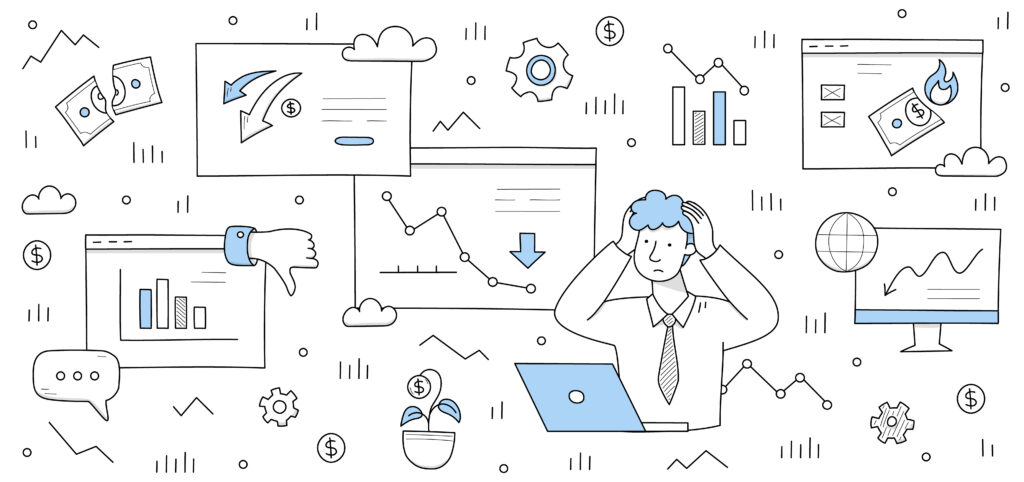SaaS software: sustainable digital projects for culture
19 September 2022
The latest digital project in culture that you have heard about? Undoubtedly one that uses buzzword technologies on Wired, made through astronomical institutional funding and will be short-lived, if not extended by other ordinarily unsustainable expenditures.

These types of projects need to involve multiple actors in order to fit into the increasingly common requirements for calls for proposals, demonstrating cooperation between different entities (technology transfer) and countries (European partnerships), but the result of such complex coordination, even in cases where user experience is considered, is that the main focus is not placed toward those who will then have to promote and manage these projects over time, namely the offices of the cultural entity, whether these are from a museum, a theater or a municipality promoting tourism.
If the project loses users as soon as the hype of the news starts to drop, you have failed to achieve the main goal of bring in more audiences on an ongoing basis, making the investment effective, even when it comes from funding.
Thanks to the NRP, as early as 2023 there will be an investment for operators of public cultural places (From the National Cultural Heritage Digitization Plan), staff who are increasingly autonomous and able to handle the digital tools that will become continuously part of office work, as it already is for other industries. Having to rely on closed systems that are invariable in content and actions will be less and less of a limitation as qualified marketing personnel arrive.

A huge advantage of software is that it can be resold as a service, and gaining ground in recent years is the Software-as-a-Service (SaaS) in every economic sector. There are well-known platforms such as Netflix, AirBnB, Uber that have accustomed us to these types of services in the consumer sphere, and now those in the B2B sphere (such as MailChimp, Zoom, Google Workspace) are coming in full force in the cultural sector as well.
The public administration has also begun to open its doors to this type of product by building a real marketplace about it, theAGID Cloud Marketplace(SaaS catalog), where vendors can publish the catalog after subjecting their services to a thorough certification process.
SaaS systems differ from ad-hoc systems by a high level of standardization and security, clearly defining costs over time and ensuring a constant technological update of the service, obviously installed on Cloud environment. Software obsolescence is certainly a relevant issue when one is about to implement or purchase one, especially in this period of small but super-rapid changes.
Last but not least, the speed of adoption of a SaaS system is unmatched by the implementation of proprietary systems, which although they can be tailored can hide design pitfalls that will affect the investment (or budgeted functionality) and implementation time, which is usually already high to begin with.
Article reviewed and published by Archeomatica, a print and digital journal on technological innovation in cultural heritage, on the web portal archeomatica.it (article link).
